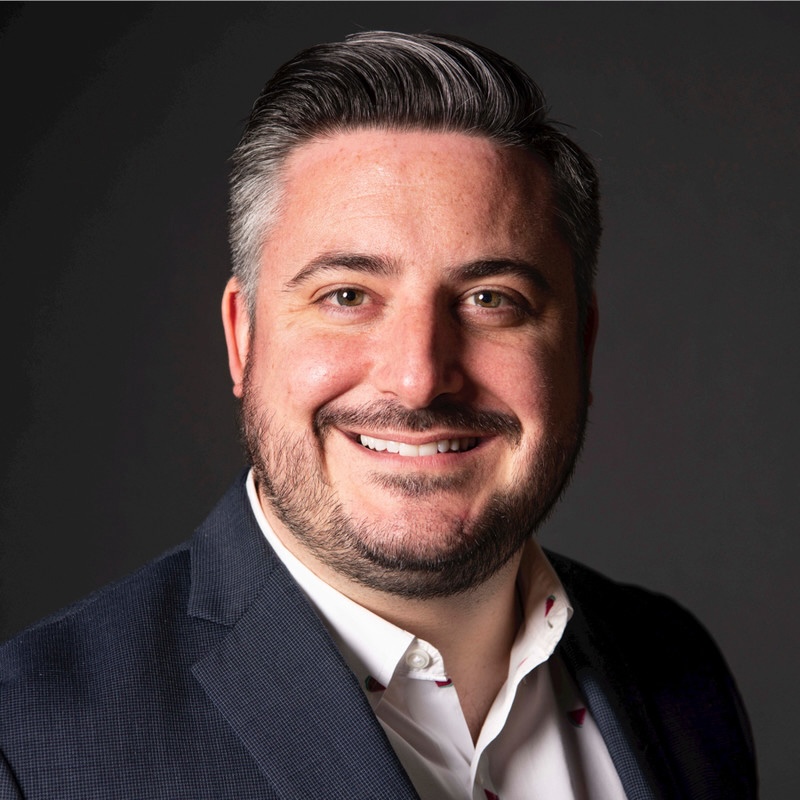
(Image: New Africa/Adobe Stock)
2025 didn’t start quietly. Tariffs are back. Markets are twitchy. The S&P 500 dropped like a stone in March, and recession talk is creeping into boardrooms again. Add a steady drumbeat of ESG and DEI backlash, and it’s no surprise the sustainability space feels like it’s lost its footing.
But let’s not confuse noise with direction — or silence with strategy.
In my last piece, I used the Los Angeles wildfires as a metaphor for the state of corporate sustainability, where some brands ran toward the flames, ready to act, while others froze, hoping not to get burned. That urgency hasn’t disappeared. But the mood has shifted. This moment doesn’t call for more visibility — it calls for clarity, and the nerve to act.
Because here’s the truth: The era of public sustainability storytelling hasn’t ended — it’s evolved. What used to be about volume is now about timing, nuance, and knowing when to speak — and when not to.
The new rules of engagement
The rules have changed, and across sectors, leadership teams are feeling the strain.
- Only 17 percent of CEOs say their communications and public affairs teams are “very equipped” to navigate today’s volatility
- Just 27 percent have seen any improvement in comms confidence in the last three years.
No wonder companies are pulling back. ESG messaging is being softened. Social statements are getting vetted to death. And while reports are still being published — and are often longer than ever — something’s missing. Only 36 percent of sustainability reports included data on progress toward ESG goals in 2024, down from 46 percent the year before.
That’s not a reporting gap. It’s a reality check. Many of the bold “by 2025” commitments set in 2020 are now due. And some companies, rather than revise those targets transparently, are choosing to say less.
Mentions of sustainability on S&P 500 earnings calls have dropped by 76 percent compared to three years ago — the lowest point since 2020. This isn’t apathy. It’s caution. A response to rising political risk, shareholder pressure, and headline anxiety.
But look at the playbook being written on college campuses. When U.S. President Donald Trump threatened to pull federal funding from Columbia University over its handling of student protests, the school’s leadership complied. Students were suspended. Security tightened. But the funding was pulled anyway. When Harvard faced the same threat, they didn’t fold — they stood their ground. The same is true for brands: Retreating doesn’t guarantee protection. It can still cost you.
The lesson? Avoiding risk doesn’t build trust. Acting with clarity and conviction does.
Meanwhile, something else is happening.
The world is still watching.
Regulators are tightening standards. Investors are demanding proof, not just positioning. And across the pond — where I was born — new EU disclosure rules mean U.S. companies are scrambling to catch up: The number of S&P 500 conducting double materiality assessments tripled from 9 percent to 27 percent in 2024.
The net effect? Silence doesn’t buy safety anymore. It just creates confusion.
The insight gap is growing
There’s a growing tension in the system: 49 percent of executives say measuring the return on sustainability investments is key to addressing backlash, yet only 30 percent believe they’re communicating that ROI effectively.
Worse still, corporate communications teams are retreating just when stakeholders want more. A 2024 global survey found that only 46 percent of comms leaders expect their companies to invest more in ESG tracking over the next five years — down 42 points from the year before.
Even among PR pros, 41 percent now say it’s wise for CEOs to avoid taking a stand on divisive issues. Strategic silence isn’t just happening. It’s being codified.
And yet we know this won’t last. Because markets move. Expectations shift. Reputations are built — or broken — in the gaps between what companies say and what stakeholders think they stand for.
So, what fills that gap? Not louder messaging. Smarter insight.
Leadership in 2025 isn’t about volume. It’s about vision.
There’s no question the playbook has changed. Greenwashing gave way to greenhushing. And now, we’re entering a third phase: green-squashing — where companies quietly roll back sustainability efforts while they think nobody’s watching.
But people are watching.
The companies that will lead from here won’t be the ones with the flashiest campaigns. They’ll be the ones who:
- Read the room before entering it
- Understand when silence is strength — and when it’s self-sabotage
- Use data, not gut instinct, to guide what they say and when they say it, moving from comms-as-broadcast to comms-as-intelligence
2025 isn’t hopeless. It’s just different. The old rules are crumbling, but new tools — and new thinking — are emerging to replace them. The brands that will lead from here won’t just speak clearly. They’ll see clearly. And they’ll have the compass to prove it.
Homepage image: Ahmed Zayan/Unsplash

Charlie Wilkie is the CEO of TriplePundit’s parent company 3BL, a leading sustainability and social impact communications partner for companies and nonprofits. He previously co-founded the global sustainable business platform at The Guardian News & Media and served on the executive teams at HuffPost, GOOD and Upworthy. He lives near London with his wife Holly, daughter Scarlett, and beloved dog Waffle.













